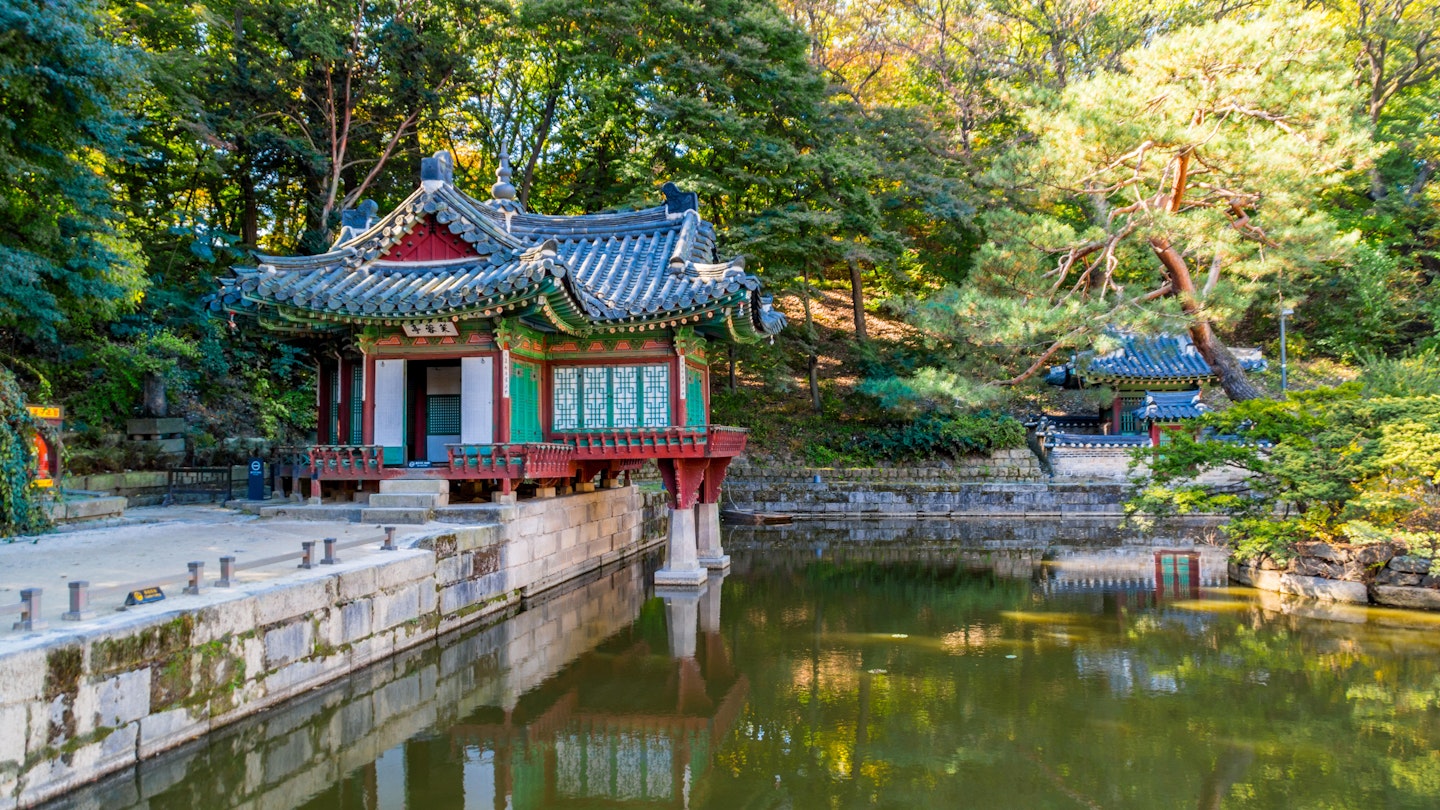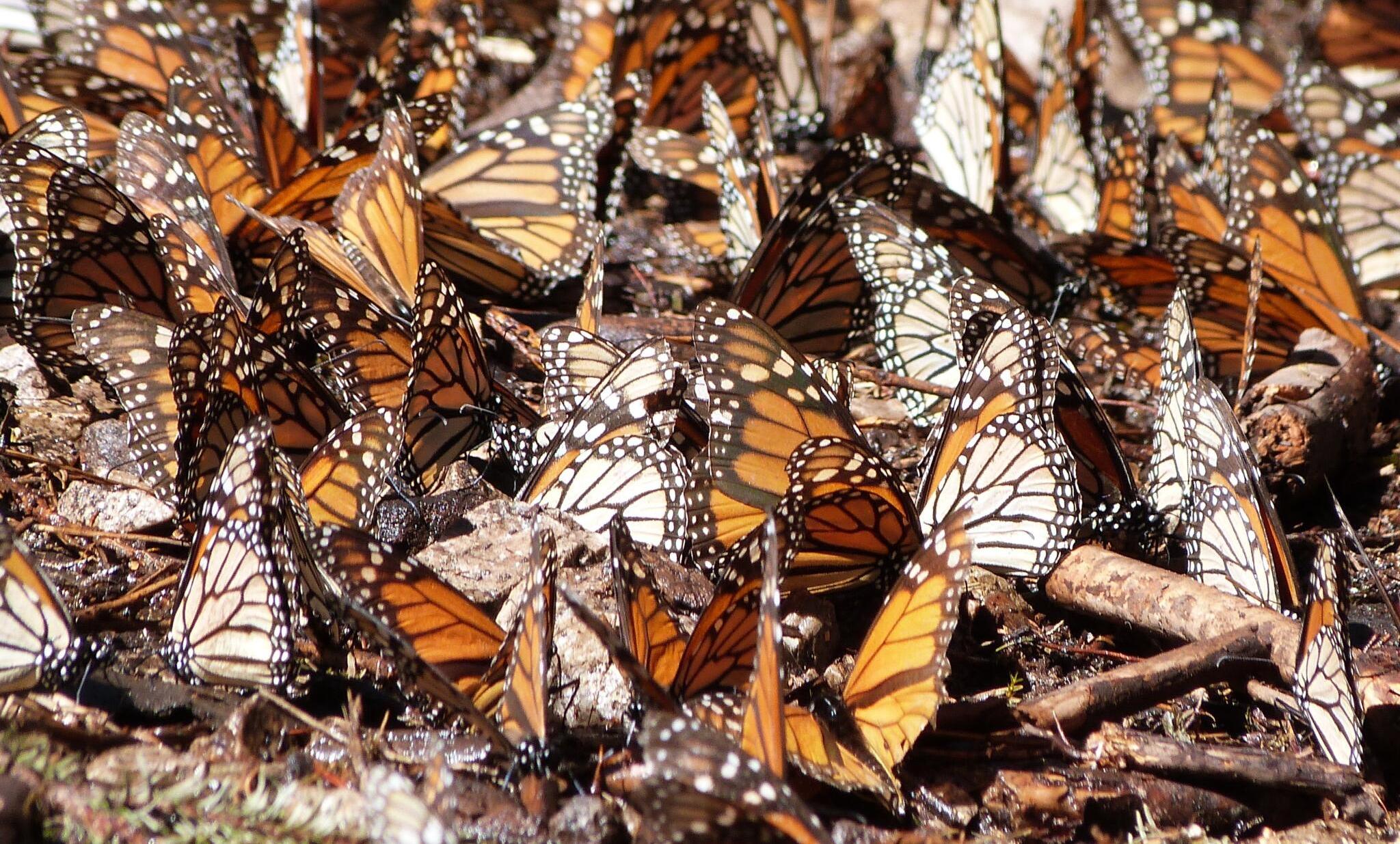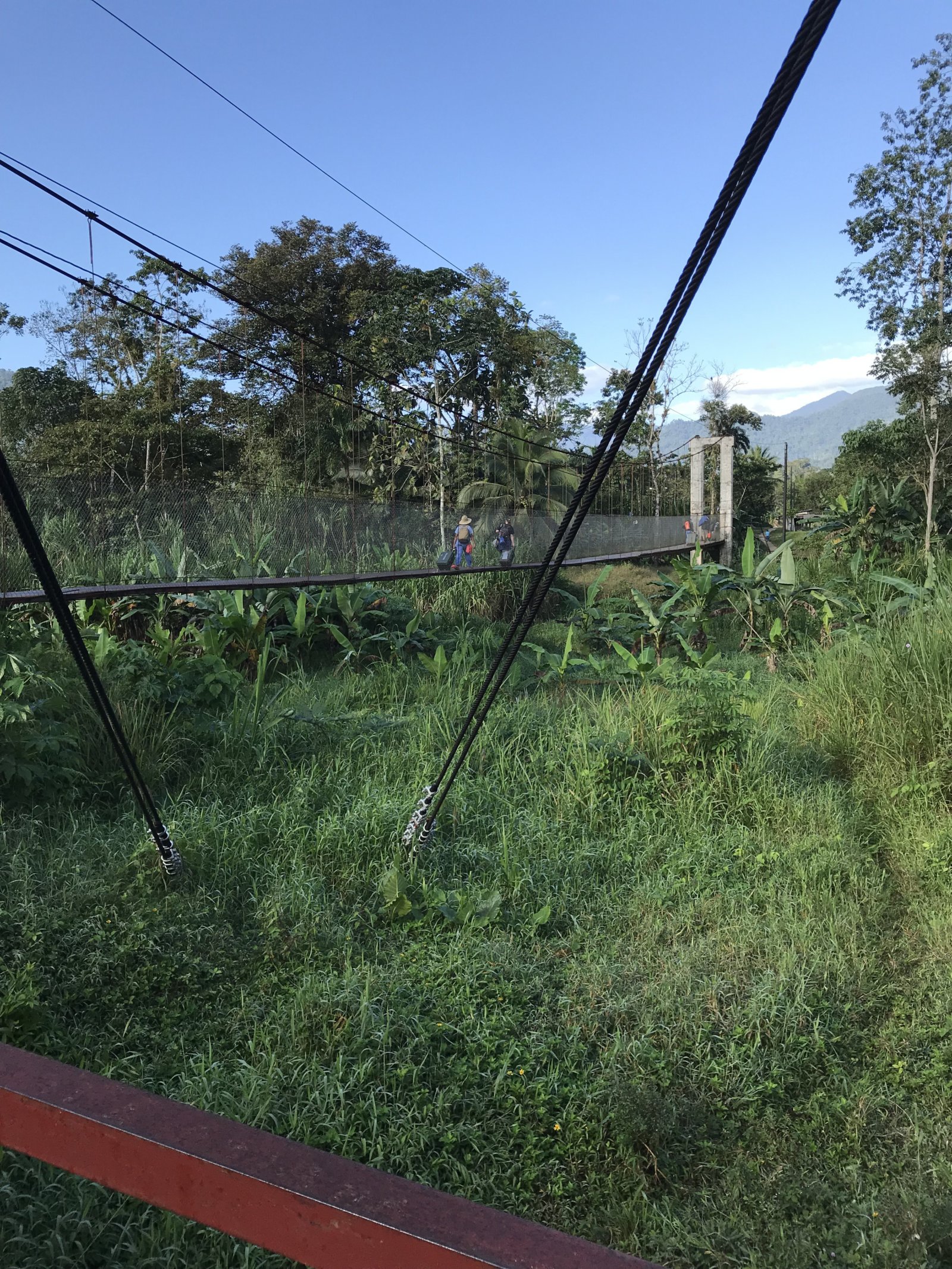Discovering the Beautiful Gardens of South Korea
For over 2000 years, Koreans have shaped the landscape around them into pleasing contours and vistas. The arrangement of rocks is a crucial element of local garden design, emphasizing a more natural appearance compared to the venerable gardens of China and Japan. Moreover, Korean gardens focus on the activity of walking through human-made landscapes, celebrating both nature and art in the process.
In May 2017, Seoul unveiled the ‘sky garden’ Seoullo 7017. Blooming across a decommissioned highway, this contemporary park reflects centuries of Korean horticultural design, standing as a testament to a country better known for its high-tech marvels and delicious kimchi.
Sky Garden
While not exactly naturalistic, the principle of strolling through the landscape underpins Seoullo 7017. Originally constructed for cars in 1970, a landscape transformation took place 17 years later, creating a pedestrian highway with 17 entry pathways that inspired the park’s name. Designed by Dutch firm MVRDV, this sky garden features circular planting beds blooming with over 23,000 lush trees, foliage, and flowers arranged according to the Korean alphabet. The concrete planters double as seating, offering visitors a chance to relax.
Along the 983m-long elevated park, glimpses of Seoul’s urban architecture come into view through the trees. Here, visitors can see iconic structures like Seoul Station and the magnificent Sungnyemun – the Great South Gate – amidst a bustling market atmosphere like the nearby Namdaemun Market.
Seoul’s Secret Gardens
Located in the heart of the city, Seoullo 7017 makes a significant statement about the importance of nature in urban spaces. This focus on landscape design is not a new phenomenon for Seoul; it dates back to the Joseon dynasty. A prime example from this royal era is the Huwon, a serene glade tucked behind the World Heritage-listed palace Changdeokgung. This secret garden, also known as Biwon, features a square lily pond and a pavilion once frequented by kings and courtiers. Visits require joining a guided tour due to limited daily spaces.

Not only is the Huwon a hidden gem, but there are also other delightful oases in the region. Within a 20-minute subway ride north of Seoul lies Uijeongbu, home to the Secret Garden (or S Garden) located on the 9th floor of Shinsegae department store. Designed by Seattle-based firm Olson Kundig, this family-friendly outdoor terrace is adorned with native plants and traditional sotdae wooden carvings of birds. The garden features whimsical elements such as wooden sculptures, a sandbox for kids, and a treehouse shaped like a giant bird’s nest.
Garden of Morning Calm
Seoul boasts several other magnificent parks and gardens, including those surrounding royal palaces such as Gyeongbokgung and Deoksugung, along with modern attractions like the award-winning Seonyudo Park, which is beautifully crafted from a former water filtration plant on an island in the Han River.

Garden enthusiasts will find ample rewards by venturing beyond the capital. Known as the ‘Land of the Morning Calm’, a phrase attributed to the Indian poet Tagore in the 1930s, this concept inspired the Garden of Morning Calm, located around 50km northeast of Seoul. Opened in 1996 and designed by professor Sang-kyung Hang, this is Korea’s oldest private garden. Surrounded by pine-covered mountains, the garden boasts 20 themed areas with around 5,000 different plants, many indigenous to the region. Each season reveals a different floral display, from summer roses and summer irises to the autumn’s spectacular blaze of colourful foliage. Even in winter, the garden enchants visitors with its Lightning Festival, where bushes and trees glimmer with enchanting lights.
Namiseom Island
Approximately 20km northeast of the Garden of Morning Calm, you will find Gapyeong, a convenient starting point to explore the beautiful landscapes of Namiseom Island. This crescent-moon-shaped island gained international fame through the 2002 Korean drama Winter Sonata, which featured its stunning wooded scenery. Initially purchased by former Bank of Korea governor Minn Byeong-do in 1965, the island has been transformed into a vibrant park filled with majestic Metasequoia trees and an array of yellow-leafed ginkgo and cherry trees that bloom beautifully in spring. Additionally, the island promotes its cultural independence through the Naminara Republic concept, complete with its own visa system (i.e., the park access ticket), and houses 20 unique gardens, including one specifically designed for butterflies.
Gardens of Jeju-do
Accessible by flights and ferries from the mainland, subtropical Jeju-do stands as South Korea’s premier domestic holiday resort. Thanks to its humid climate and rich volcanic soils, the island provides gardeners with opportunities to experiment with various plant species. One such example is the enchanting Spirited Garden, developed over 30 years by a dedicated local farmer. This garden showcases a captivating collection of hundreds of bonsai, referred to as bunjae in Korean, set amidst picturesque ponds housing vibrant koi carp, waterfalls, and Jeju’s signature black volcanic stones.

Moreover, the island’s rich ancient culture and unique geology inspired the creation of Jeju Stone Park. Covering an impressive area of 970,000 square meters, the park demonstrates that hard landscaping elements—such as ponds, tumuli, rocks, and statues—are as fundamental to garden design as the greenery. Visitors can follow enchanting trails through the park to uncover the reflecting Sky Pond, naturally face-shaped rocks, stone carvings based on Jeju’s 18,000 deities, a field of giant kimchi pots, and an impressive lineup of dol hareubang (grandfather rocks), which are believed to ward off evil and promote fertility.





